With age comes wisdom, but also the risk of many diseases. While most age-related symptoms that we observe externally on our body are totally normal, some might be a little worrisome. And every minute change should be carefully monitored, since 2/3 of deaths every day are caused by age-related problems.
This Bhaskar Health article will help you diagnose your age-related breast changes without panicking.
Normal breast changes
1. Stretch marks
As you age, stretch marks occur. Although unsightly, they are perfectly normal. With age, hormone levels required to maintain skin elasticity drop. As a result, these stretch marks appear.
Enlargement of the breasts during pregnancy is also a factor. High-stress levels can also cause stretch marks to appear prematurely, so it’s better to stay stress-free.
2. Downward pointing nipples
When with age, the breasts and the nipples start pointing downward, it’s more likely that weakened breast tissue and gravity are at play.
There are also various other factors that you should keep in mind. If you have large breasts, or a high body mass index, then your breasts will sag sooner and maybe more. Also, if you are a regular smoker, your breasts might sag earlier than expected.
3. The widening of space between the breasts
A lot of these changes are the result of a lowered amount of estrogen that the body manufactures. This important sex hormone is also responsible for maintaining the breasts’ firmness.
Dense tissue gets replaced by fatty tissue and the space between the breasts might appear to have widened as the breasts sag. But whether your breasts will sag far away from each other or will appear to fall downward will depend on the shape and size of your breasts.
Breast changes that are red flags
1. Hard lumps
Although breast lumps have a pretty bad reputation of being cancerous, most are not. According to the National Health Service in the UK, most of them are harmless. They are mostly non-cancerous tissue growth or fluid buildup.
But it’s better to be safe than sorry. And breast cancer is easier to treat if it’s spotted early. Therefore, if you notice a new lump, schedule an appointment at the breast clinic and get yourself examined. You might be required to get a mammogram, an ultrasound, or even a biopsy where a needle will be inserted into the lump to collect cells for testing.
2. Breast pain
Cancerous tissues rarely cause breast pain. However, we still say that it should be a reason for concern and that you should certainly seek medical assistance because a rare but aggressive form of breast cancer called Inflammatory Breast Cancer (IBC) does cause pain.
Other than pain, IBC has other very distinct symptoms as well, like the appearance of red dots. Anyway, if the pain continues for over a week or gets worse with time, it’s probably better to consult a doctor. Like we said earlier, it’s better to be safe than sorry.
3. Nipple discharge
Even if you are not pregnant or breastfeeding, nipple discharge should not arouse much suspicion. The discharge can be colorless, milky, yellow, green, brown, or even bloody. Yet, if you notice fluid seeping from your nipples regularly, or while being pressed, you should get yourself checked. It can very well be because of cancerous tissues.
4. Both breasts look different from one another.
Perfectly symmetrical breasts are a rarity, so don’t panic after reading the article if they appear different from one another. However, if one of your breasts suddenly changes a cup-size or an area suddenly feels thicker, then you should surely get in touch with your doctor. A sudden change in the shape of one breast can be a sign of breast cancer.
5. Red spots
Red spots on the breasts are usually a rash or a temporary skin condition. But they are also the signs of inflammatory breast cancer (IBC). This form of cancer is rare but aggressive. Only about 2−4 percent of breast cancer cases are IBC, yet 7−10 percent of breast cancer-related deaths are because of it.
To be safe, you should monitor your breasts regularly. If you see red spots and also feel pain in your breasts, you should waste no time and get yourself checked at a breast clinic.
6. Pulled in nipple
Nipples can get pulled inward for various reason. This phenomenon is called nipple retraction and is caused because of inflammation or scar of tissues behind the nipple. The causes of this inflammation can be numerous, and are not necessarily because of cancer.
In the case of cancer, the cancerous tumor attacks the duct behind the nipple, and pulls it inward. In any case if your nipples retract, you should pay the doctor a quick visit, more so if this is accompanied by any other symptoms we’ve discussed earlier in the article.
Did you ever visit the doctor thinking you were affected by some disease, but it turned out to be a false alarm?

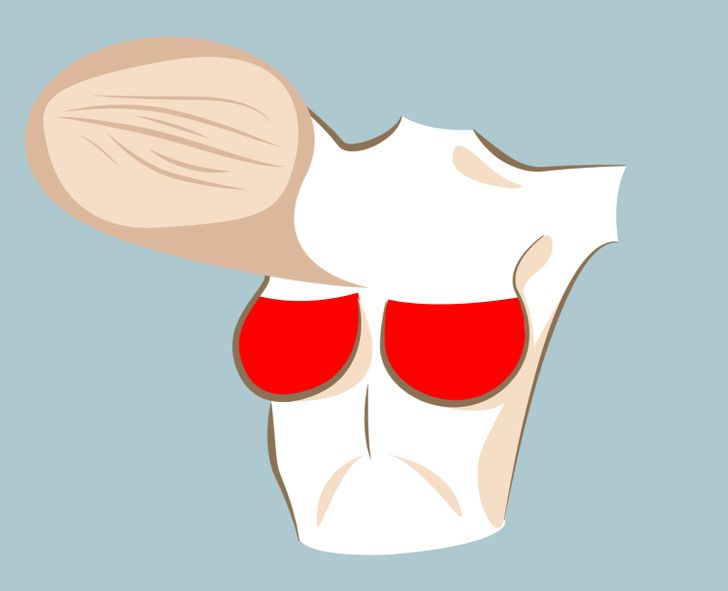
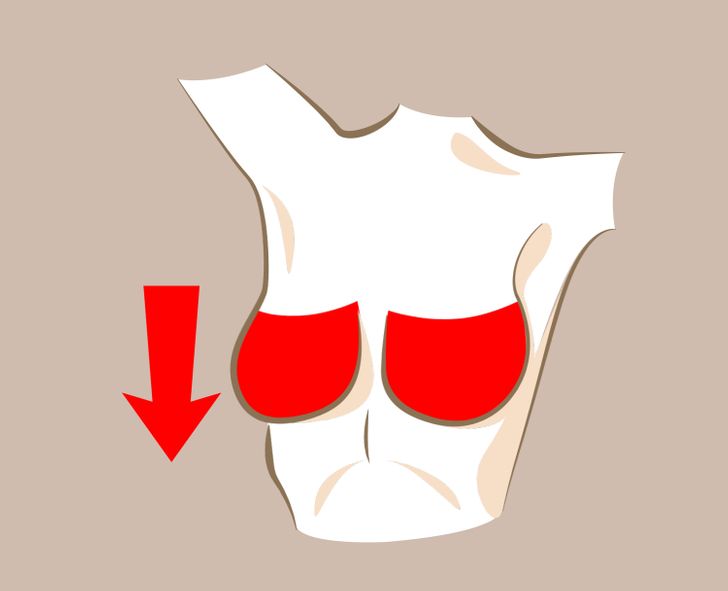
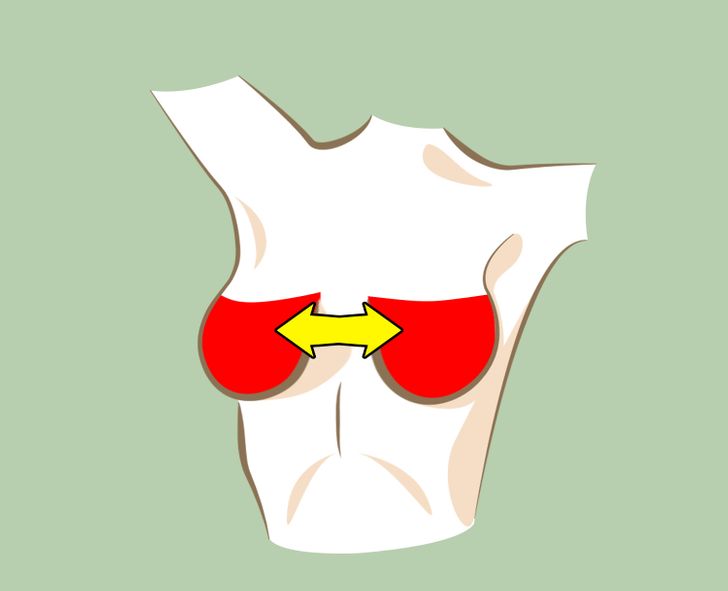
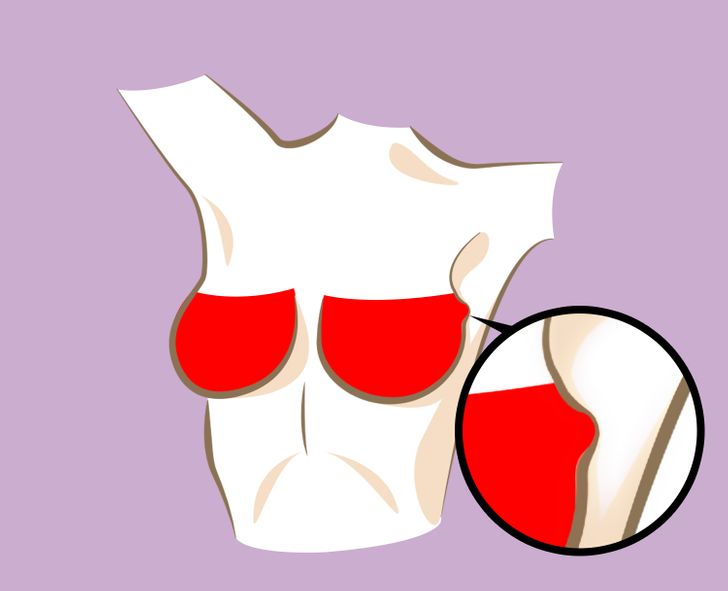
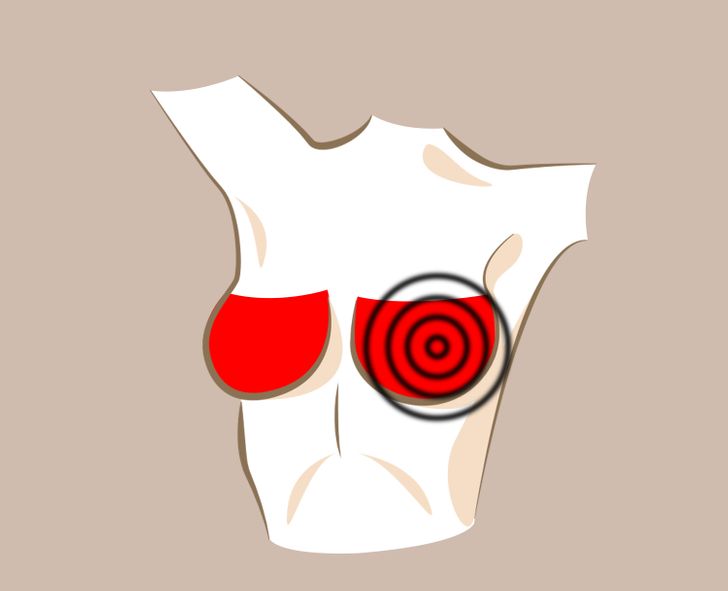
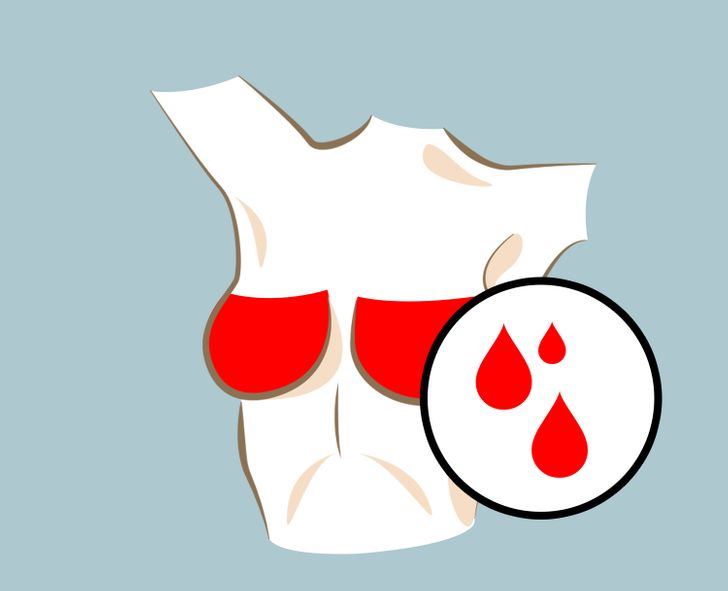
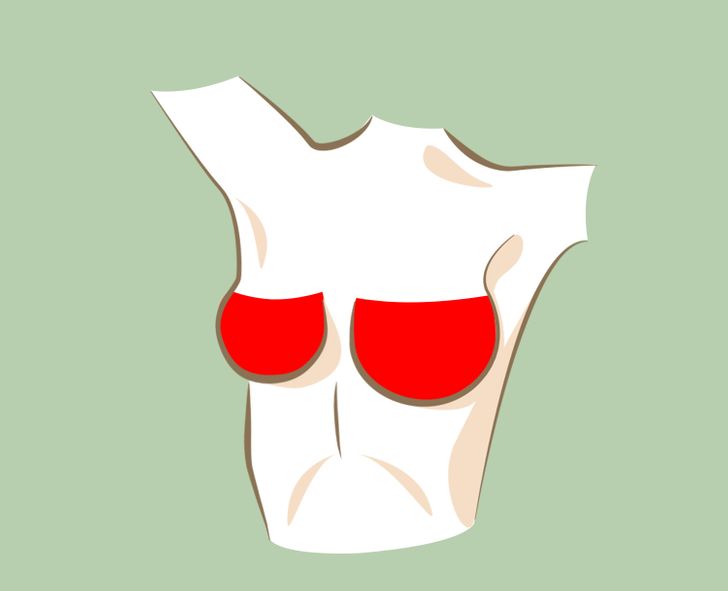
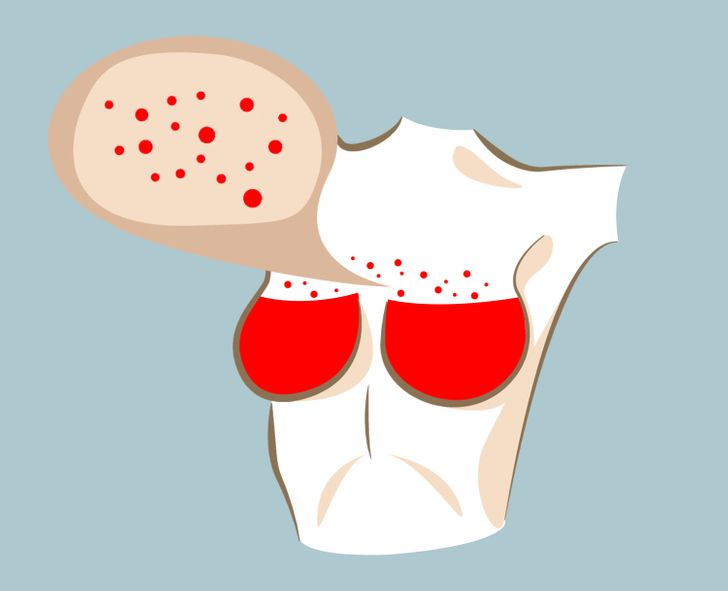
0Comments